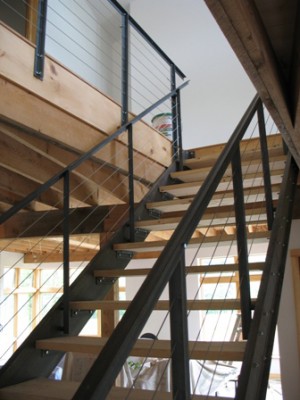The scratching of one’s head goes on a lot on a typical job site. More than most people realize, more than the future homeowners would like to know, even those doing the scratching. When I was a carpenter, I did my share. I also realized that a lot of it could be avoided. I learned that promoting “flow” on a job site was a way to keep costs down. With one-of-a-kind custom homes there is a lot the architect can do to promote flow. A good job foreman or lead carpenter needs to have an understanding of the overall flow of materials, subs, timing, sequences, what the other carpenters are doing or should be doing… choreography. Anything the architect can do to promote this beforehand will pay for itself many times over. A set of plans is not only for the clients to understand the room arrangement. The plans must solve or avoid or even simply provide a “heads up” to the builders of issues that they need to incorporate into their choreography. Value added is a term often used to describe the benefit of hiring an architect but a good architect can also save a lot of money in the overall scheme of things by providing a set of plans that promotes flow.
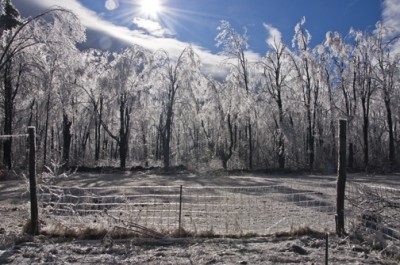
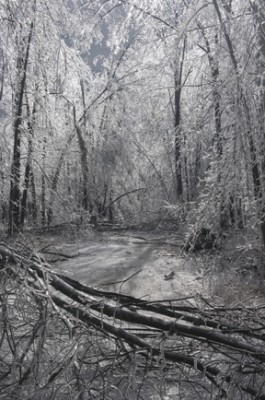

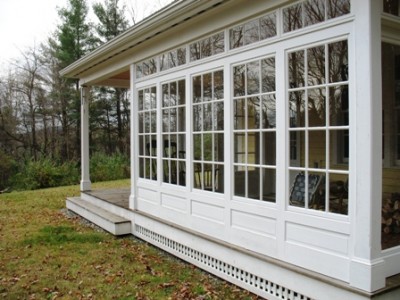
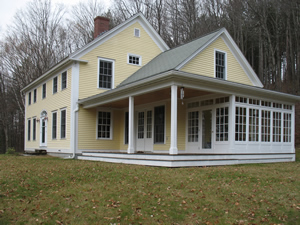
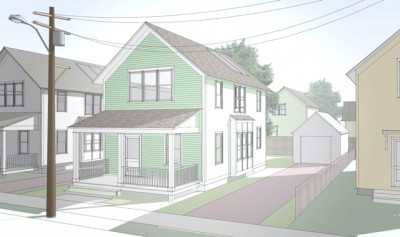
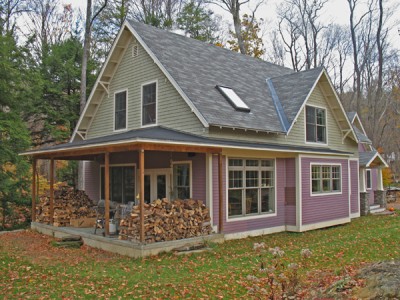
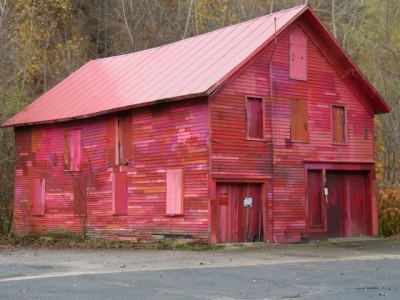


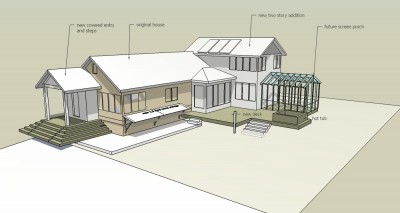
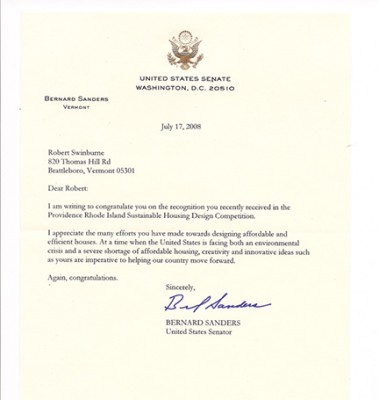
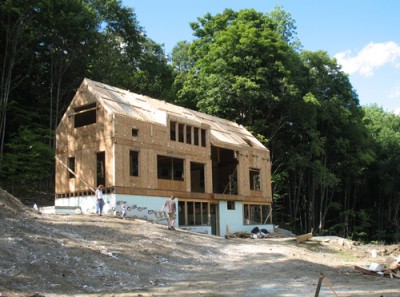 The Foard Panel SIP shell is complete on the Perry Road house is complete. It is fun to start to feel the internal spaces as well as how the house relates to the site and how the windows frame the views and light.
The Foard Panel SIP shell is complete on the Perry Road house is complete. It is fun to start to feel the internal spaces as well as how the house relates to the site and how the windows frame the views and light.